Food Estate Project in Central Kalimantan Could Lead to Long-Term Ecological Damage
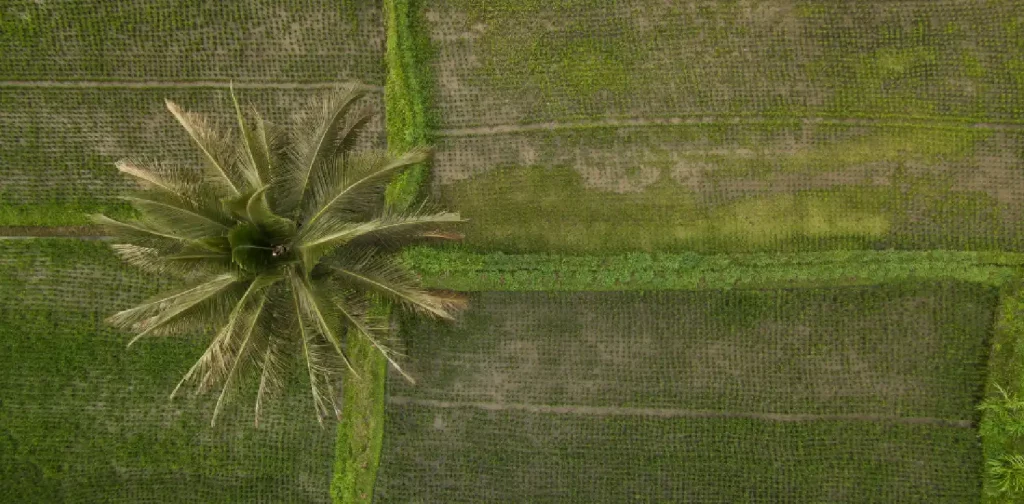
Photo: Mikhail Nilov on Pexels.
We are currently living in a time of multiple crises. Conflicts, economic shocks, and climate change have resulted in surging food prices and food insecurity in numerous regions. In Indonesia, the government launched the food estate project in several provinces as an attempt to tackle the issue.
Halfway through 2020, President Joko Widodo urged state-owned enterprises to transform the peatlands in Central Kalimantan into rice fields in response to the Food and Agriculture Organization’s warning regarding the possibility of a global food crisis. Instead of overcoming the food crisis, however, the food estate project in Central Kalimantan has resulted in various problems that need thorough evaluation.
The Food Estate Project in Central Kalimantan
The food estate project is a part of the National Strategic Projects (Proyek Strategis Nasional, usually abbreviated as PSN). As the pilot area, Central Kalimantan’s food estate project has been in development since 2020. Approximately 30,000 hectares of land in Kapuas and Pulang Pisau Regencies underwent agriculture intensification and were converted into rice fields. In 2021, the project’s land was expanded to 44,000 hectares.
The central government aims to use 165,000 hectares of land for the food estate project in the region. Therefore, land expansion is done annually with different targets. Two commodities are cultivated for the project: rice under the Ministry of Agriculture’s supervision and cassava under the Ministry of Defense’s supervision.
The project is built on the land previously used for the Peatland Development Zone Project (Proyek Pengembangan Lahan Gambut, abbreviated as PLG) during President Soeharto’s era (1967–1998). President Soeharto’s ambition was to transform one million hectares of peatland areas into rice fields. However, peatlands are too acidic, making them unsuitable for rice production. The project failed, leaving various environmental and social issues that remain unsolved until now. For instance, the land ended up being abandoned, leaving dry peatland areas that are highly flammable and can cause severe air pollution when caught on fire. Forest coverage was also declining at an alarming rate, causing peatland ecosystem degradation.
Fast forward to the 2020s, Central Kalimantan’s food estate project is deemed far from successful. In its first two years alone, the project resulted in crop failures and abandoned land. Based on an investigation by BBC News Indonesia and non-governmental organization Pantau Gambut in February 2023, 600 hectares of cassava plantation activities were stalled and left barren. Meanwhile, 17,000 hectares of rice fields had yet to be harvested. Instead of providing solutions to the impending food crisis, the project resulted in ecological damage and increased deforestation.

Threats of Ecological Damage
After two years of progress, another report by Pantau Gambut on Central Kalimantan’s food estate found strong indications that the land was developed through deforestation. The most significant clearing of 700 hectares occurred in Tewai Baru Village, Gunung Mas Regency, located near the Kahayan River. The land clearing altered the river to be more shallow and exacerbated flooding. The flood height, which previously ranged from 10-40 cm, rose to 1-1.4 meters after the food estate program was implemented. Continuing the land clearing will escalate and aggravate flooding in the area.
Furthermore, land clearing can also increase the risk of forest and land fires that will result in air pollution issues. Ultimately, the food estate program could exacerbate the climate crisis due to the amount of carbon emissions it generated.
Based on calculations, clearing 760 hectares of forest for the cassava plantation area resulted in 283,209 tons of CO2e, contributing to the global temperature increase. Moreover, the project can threaten biodiversity and damage forest and peatland ecosystems, including orangutan habitats near the plantation.
Lost Tradition & Confiscated Rights
Beyond the ecological threats, the food estate project in Central Kalimantan can potentially lead to a food crisis for the people living nearby. The land clearing forces the local people to abandon their traditional farming method, the slash-and-burn, that has been practiced for centuries. On the other hand, the failed and abandoned plantations leave the locals with no local food source nor benefits from the project.
Similar things also happened in the rice field extensification zone. According to Greenpeace’s 2022 report interviewing farmer communities in Talekung Punai Village, Kapuas Regency, the farmers were concerned that the food estate project would threaten their source of income. Most people in Talekung Panai get their primary source of income from harvesting wood, particularly gelam trees (Melaleuca cajuputi). Cutting down gelam tree coverage to create new rice fields made people hesitant to participate in the program.
For the Indigenous Dayak communities, peatlands are designated to build ponds or a sacred place called Tanah Pahewan. Additionally, the Dayak communities usually practice shifting cultivation instead of making rice fields. An investigation by local media Kompas showed that since 2021, farmers have been pressured to accept the government’s program and change their agriculture system. Their usual practice has always yielded results; meanwhile, the new agricultural practice has resulted in crop failures four times in the last two years.
Greenpeace also found that the food estate project is breaching into Indigenous Peoples’ territory. The people living near the cassava plantation depend on the forests in the rural Kayahan River to hunt, gather rattan, and participate in agroforestry. In August 2022, Greenpeace noted that their agroforestry plants had been destroyed due to land clearing with zero compensation. The locals were also forced to move out from the areas that previously were forests and prohibited from using the woods from the forest clearing.
Furthermore, around 860 hectares of Dayak communities’ certified land is included in the Ministry of Defense’s land clearing plan for the food estate project. Many Indigenous Peoples still don’t own land ownership certificates (Surat Keterangan Tanah Adat), so they do not have the acknowledgment or legal protection of their lands. There is also a lack of involvement from communities, especially the Indigenous communities, in the food estate project.
A Thorough Evaluation Needed
The food estate project is not a new thing. Similar programs have been implemented multiple times; they tend to fail and don’t yield sufficient harvests. According to the World Resource Institute (WRI) Indonesia, the food estate has not been able to answer Indonesia’s food security policy agenda. Besides the failed and abandoned harvests, this is also because the project cannot overcome the issue of food distribution and access to healthy food. Moreover, the project’s realization and development often increase environmental, economic, and health risks.
In a report published in 2021, the environmental non-profit organization WALHI Central Kalimantan provides several points of strategic recommendations to achieve food security other than through food estate:
- Governments should focus on agricultural reform and social forestry to tackle the threats of food crises and strengthen food reserves. The main issue of Indonesia’s food and agricultural crisis lies in the structural imbalance and agricultural monopoly; therefore, food estate is not the right solution.
- Government subsidies should be mobilized to the most integral actors in the food and agriculture sector: farmers. Direct subsidies can facilitate farmers to produce crops sustainably, including supporting distribution.
- The threats of the food crisis should signal a momentum to revamp the food and agriculture policies. The right policy must be mobilized to build food sovereignty and strengthen various food sources to end the dependency on one or two commodities.
- The development of food-related policies must involve civil society groups and the acknowledgment of community-based area management.
Ultimately, this project needs a thorough evaluation. The project’s implementation must go through the proper academic discourse to maximize food production, availability, and distribution and rightfully use the designated funding. The government must also consider the potential of local food sources that are more adaptive to specific environmental and social conditions in Indonesia.
Editor: Abul Muamar & Nazalea Kusuma
Translator: Kresentia Madina
Read the original article in Indonesian at Green Network Asia – Indonesia.
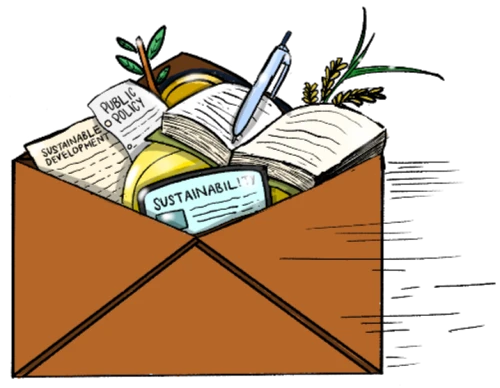
Subscribe to Green Network Asia
Strengthen your personal and professional development with cross-sectoral insights on sustainability-related issues and sustainable development across the Asia Pacific and beyond.


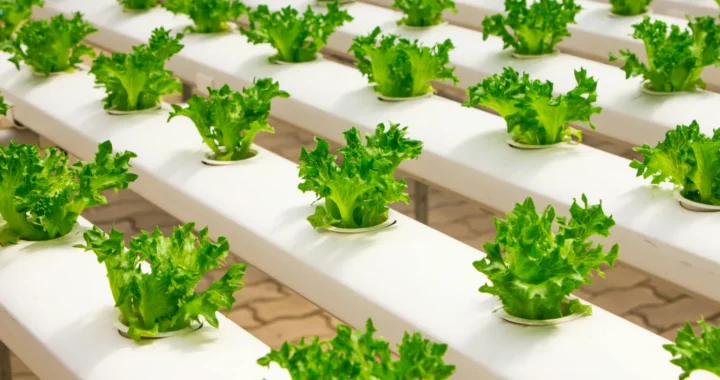 How Plant the Emirates Aims to Support Food Self-Sufficiency in the UAE
How Plant the Emirates Aims to Support Food Self-Sufficiency in the UAE  GRI’s Updated Sustainability Standards on Climate Change and Energy
GRI’s Updated Sustainability Standards on Climate Change and Energy  Looking into Biochar as a Bioremediation Agent
Looking into Biochar as a Bioremediation Agent  Australian Climate Visa for Citizens of Tuvalu: Showcasing cross-border partnership in light of the climate crisis
Australian Climate Visa for Citizens of Tuvalu: Showcasing cross-border partnership in light of the climate crisis 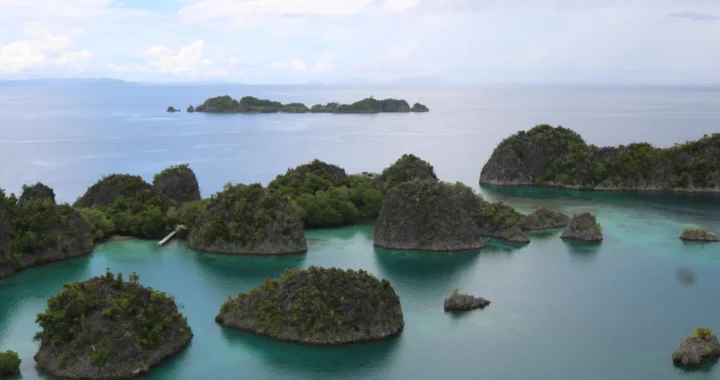 Nickel Mining in Raja Ampat and the Widespread Cost of Natural Resource Exploitation
Nickel Mining in Raja Ampat and the Widespread Cost of Natural Resource Exploitation 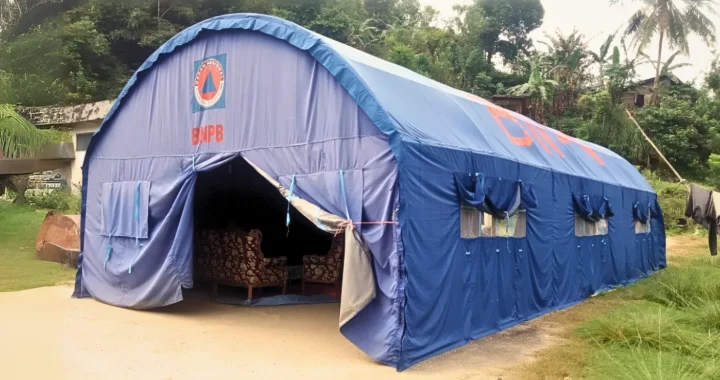 Lumbung Sosial: Challenges and Opportunities of Indonesia’s Social Barn Program
Lumbung Sosial: Challenges and Opportunities of Indonesia’s Social Barn Program